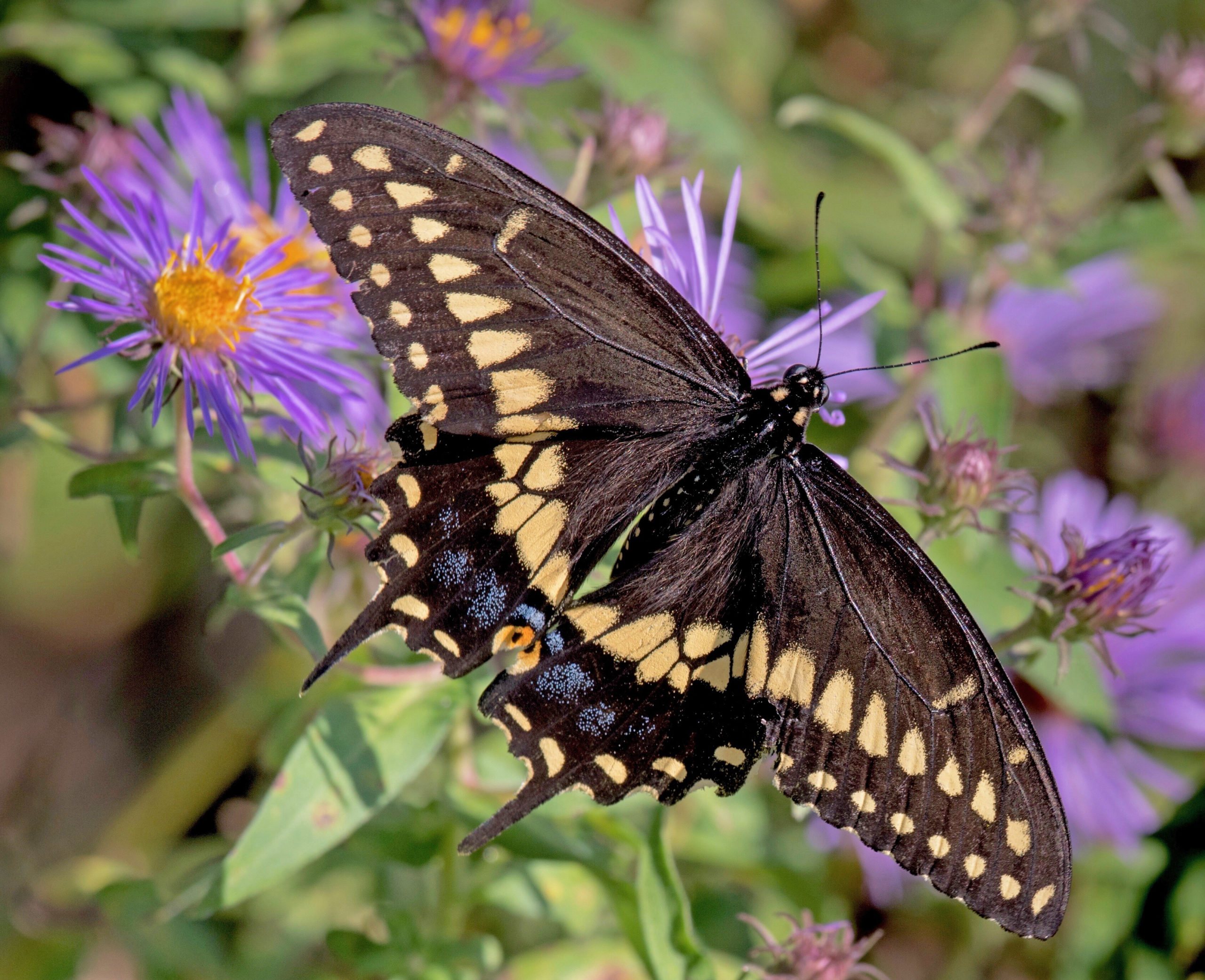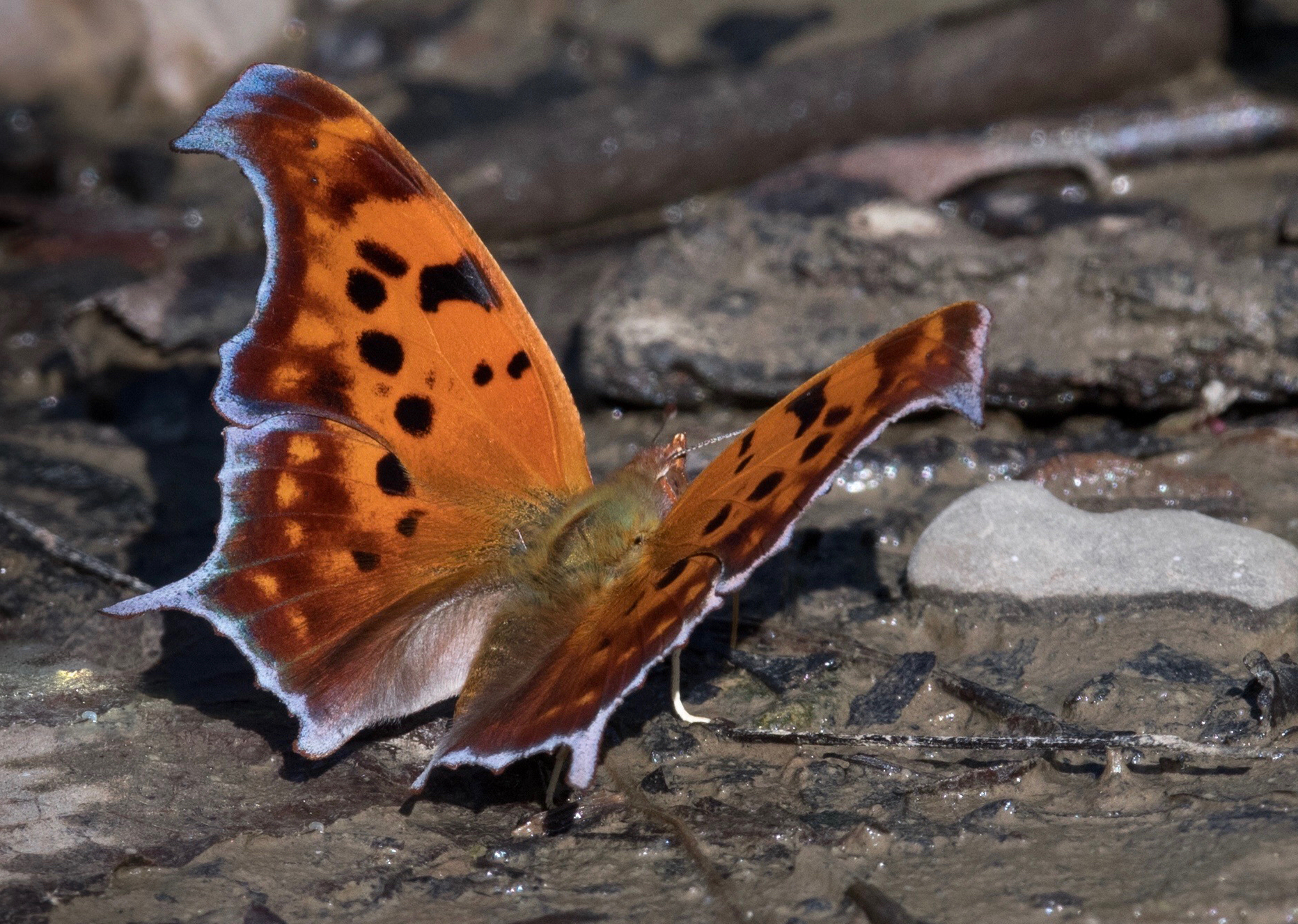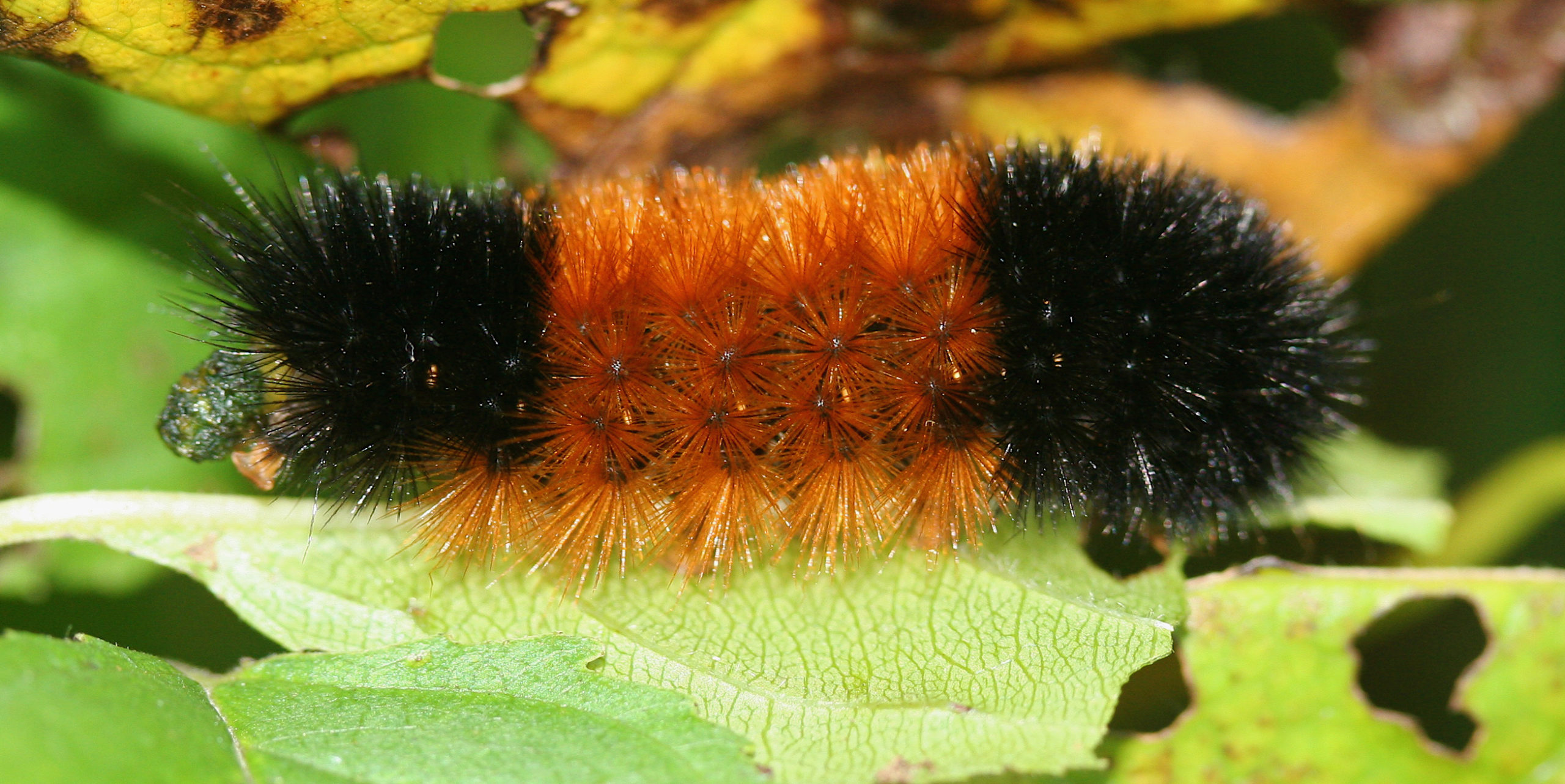CINDY MARAVICH
Senior Environmental Educator
Inniswood Metro Gardens

We often think of the fall as the time to ‘put your garden to bed,’ but they never truly go to sleep. Gardens are important havens for many spring and summer pollinators during the colder seasons.
The seasonal beds at Inniswood Metro Gardens created a pollinator’s paradise for butterflies, moths and other insects. Like people, many butterflies and moths stay in Ohio throughout the year. Some common butterflies like the comma, mourning cloak or question mark, make it through an Ohio winter as adults. These butterflies are able to hibernate in tree logs and cavities, beneath loose bark and in unheated buildings. As adults, they are alive for as many as nine months. They are also some of the earliest butterflies we see in late winter and spring, because once the temperatures raise, their bodies wake up and they venture out looking for food.

Many butterflies and moths overwinter in some sort of house they build for themselves. These houses are excellent at disguise. For example, tiger and black swallowtail butterflies overwinter as pupa inside a chrysalis. The chrysalis of a swallowtail mimics the look of dried out leaves and hangs by a strong silk thread attached to tulip tree or plants like wild cherry. Many of the larger silk moths build cocoons in the fall. The distinctive luna moth builds a cocoon on the ground among leaf litter. Typically, their cocoons are found in the leaf litter near their larval host plants which include a large variety of common trees and shrubs. They could be found near alder, cherry, walnut, hickory, oak, sweetgum, birch, butternut, beech, willow, chestnut, pecan or persimmon. This is important as you work in your gardens in the fall and consider what to do with all those leaves.

Perhaps the most interesting of overwintering tactics is found with moths that overwinter as larva. The most well-known of these is the banded woolly bear caterpillar. This caterpillar is the larva of the adult Isabella tiger moth. The caterpillar is typically very active in the fall because it is feverishly trying to consume some final calories and find a good place to shelter under dead plant debris. The young moth is able to withstand harsh winters because their little bodies create anti-freeze proteins which prevents ice from forming on their bodies.
As we prepare our gardens for the short days and cooler temperatures, it’s important to remember that the gardens never truly go to sleep.
